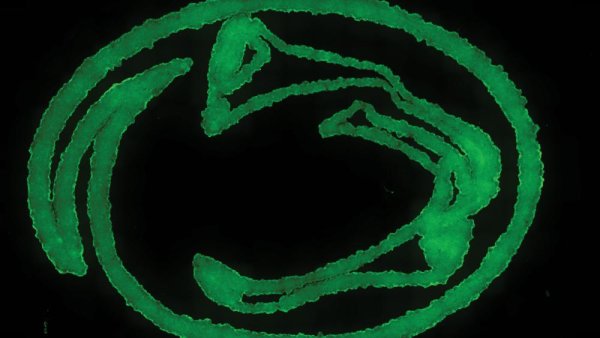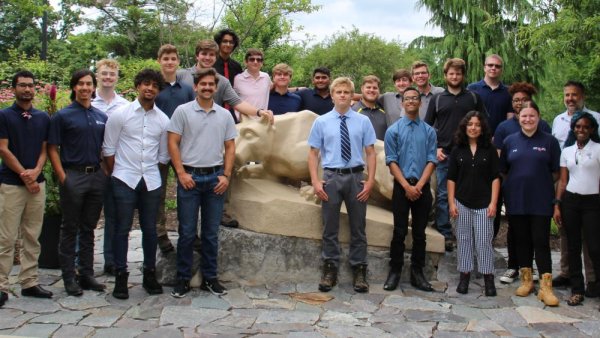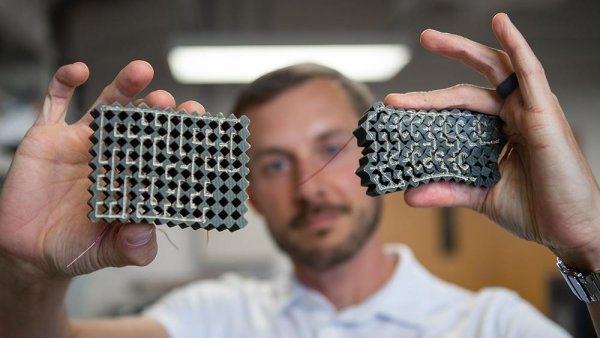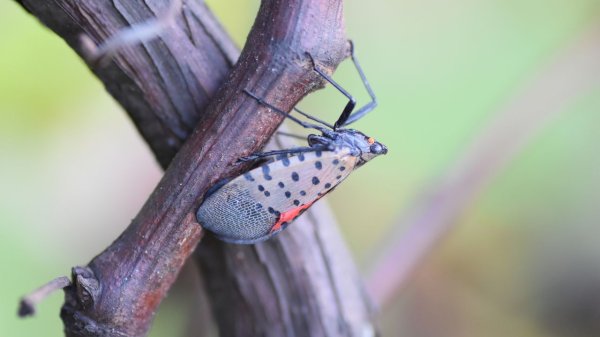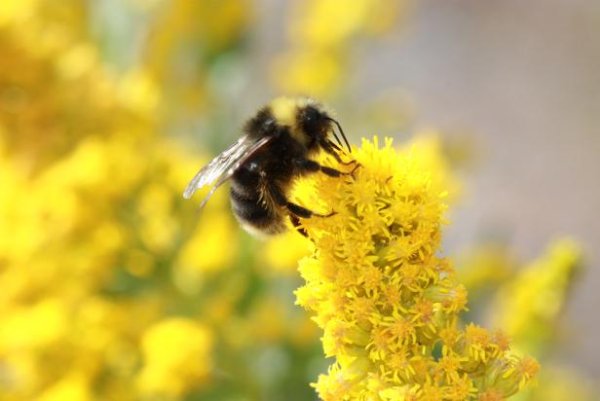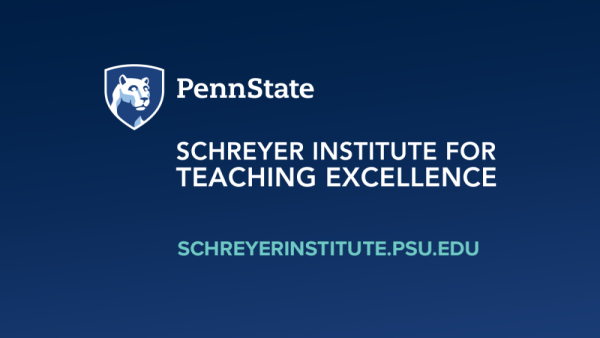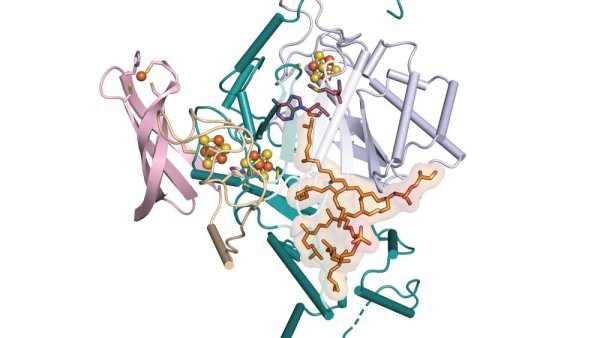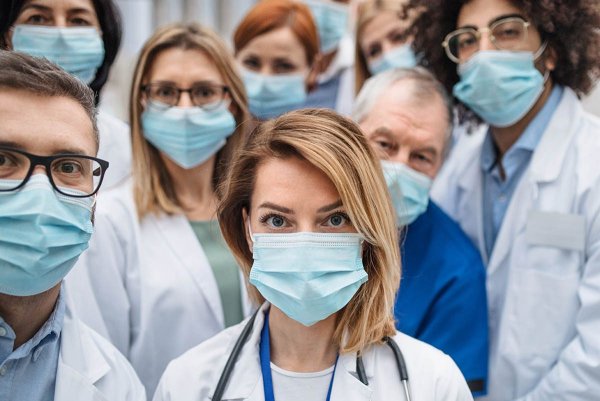New granular hydrogel bioink could expand possibilities for tissue bioprinting
| psu.edu
Penn State researchers have developed a novel nanoengineered granular hydrogel bioink that could be used to to develop biomaterials that can be 3D printed as complex organ shapes, capable of hosting cells and forming tissues.
Engineering Ahead bridges gap for incoming students
| psu.edu
Penn State Berks is helping a future generation of engineering students to succeed through the college’s Engineering Ahead Program, which is now in its seventh year. The goal of the four-week summer “bridge” program, which ran from June 26 to July 22, is to increase retention rates among a diverse group of engineering students by enhancing academic preparedness and providing support.
Researchers engineer novel material capable of ‘thinking’
| psu.edu
Penn State engineers have created the first example of a soft, polymer material that acts like a brain, simultaneously sensing, thinking and acting upon mechanical stress without requiring additional circuits to process these signals.
Social Science Research Institute welcomes new associate directors
| psu.edu
The Social Science Research Institute (SSRI) at Penn State announces the addition of two new associate directors, Jennifer Glick and Shedra Amy Snipes.
Before N.J’s spotted lanternfly apocalypse, the pesky bug was reported in Pa. What were lessons learned?
| nj.com
Prior to spreading to New Jersey, the bugs were first found in the Keystone State in 2014. This article quotes Amy Korman, entomologist for Penn State Extension in Lehigh and Northampton counties.
Types of bees to identify and encourage in your garden
| hgtv.com
Honeybees aren't the only types of bees on your block. Native bees like bumblebees, sweat bees and mason bees serve a vital role as pollinators. Learn more about native bees, why they matter, why they're in danger and what you can do to help. This article quotes Penn State Extension expertise.
Five 1,000-year rain events have struck the U.S. in five weeks. Why?
| washingtonpost.com
Precipitation extremes are now more feast or famine because of climate change. This article quotes Michael Mann, Distinguished Professor of Atmospheric Science.
Instructors invited to programs on diversity, equity, inclusion, accessibility
| psu.edu
Penn State instructors invited to programming designed to support inclusive and equitable teaching and learning.
National Institute of Standards and Technology scientist to give Sept. 12 talk
| psu.edu
A. Gilad Kusne, staff scientist with the National Institute of Standards and Technology (NIST), will give a talk on his research that is part of the White House’s Materials Genome Initiative at NIST, as part of the Center for Artificial Intelligence Foundations and Scientific Applications (CENSAI) monthly seminar series.
Flavonoids from sorghum plants kill fall armyworm pest on corn; may protect crop
| psu.edu
Flavonoids produced by sorghum leaves have shown promising results in combating fall armyworm larvae. When sprayed on the leaves of corn, sorghum flavonoids stunt the growth of fall armyworm and often kill the pest, Penn State researchers report in a new study.
Revealed missing step in lipid formation could enable detection of past climate
| psu.edu
The missing step in the formation of a lipid molecule that allows certain single-celled organisms to survive the most extreme environments on Earth has now been deciphered. This new understanding, uncovered by a team of biochemists from Penn State, could improve the ability of the lipids to be used as an indicator of temperature across geological time.
Virus experts warn you're most likely to get COVID like this
| eatthis.com
The BA.5 subvariant is now responsible for over 88% of COVID-19 cases in the US, scientists warn, making it the most dominant strain. This article quotes Suresh Kuchipudi, Dorothy Foehr Huck and J. Lloyd Huck Chair in Emerging Infectious Diseases.

